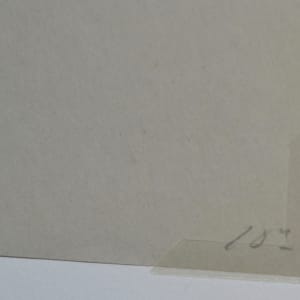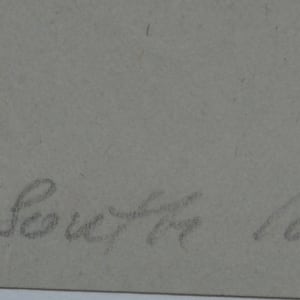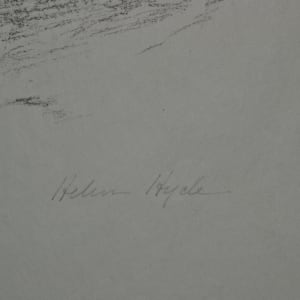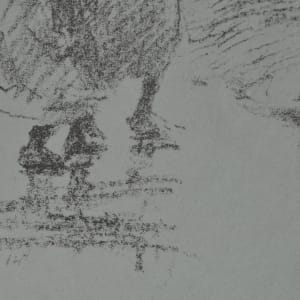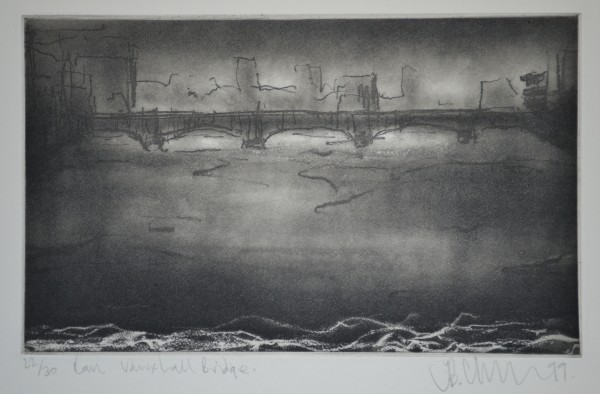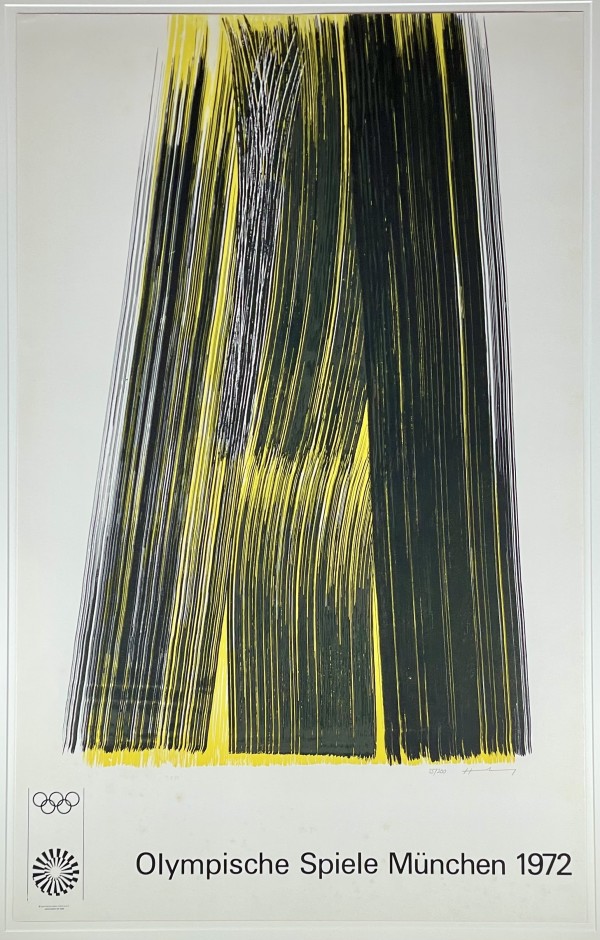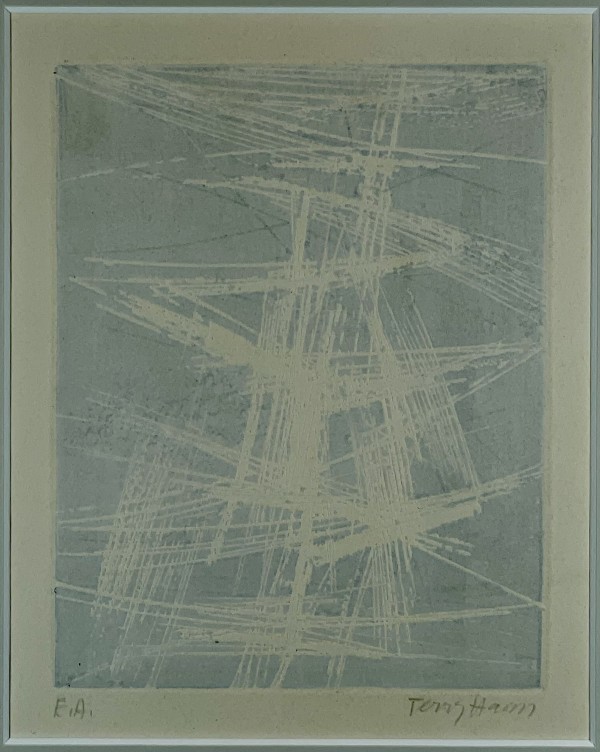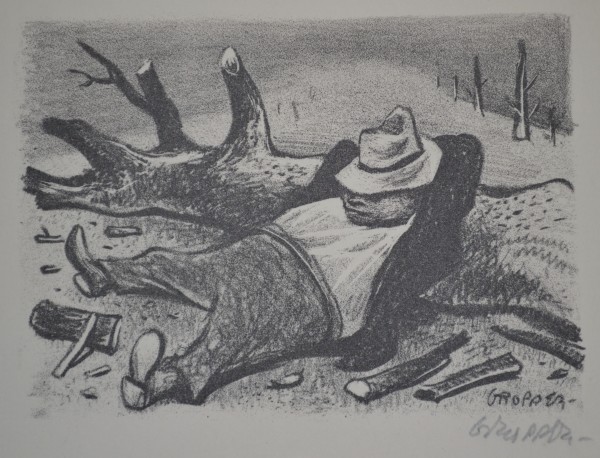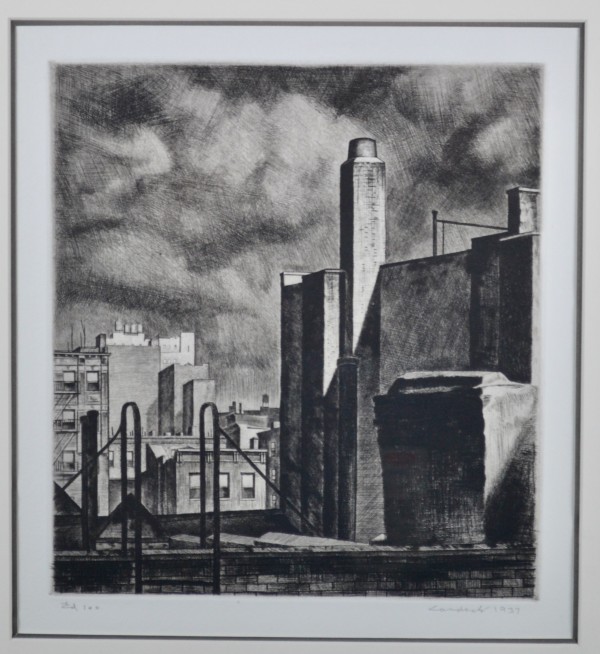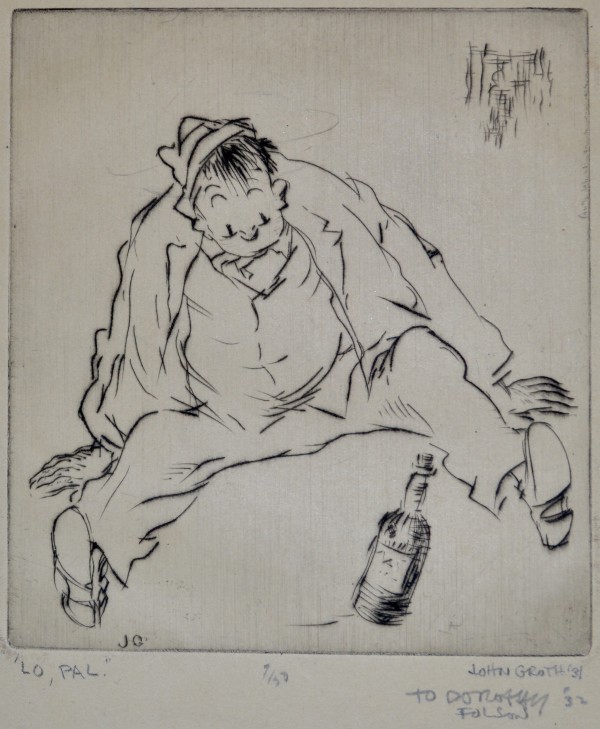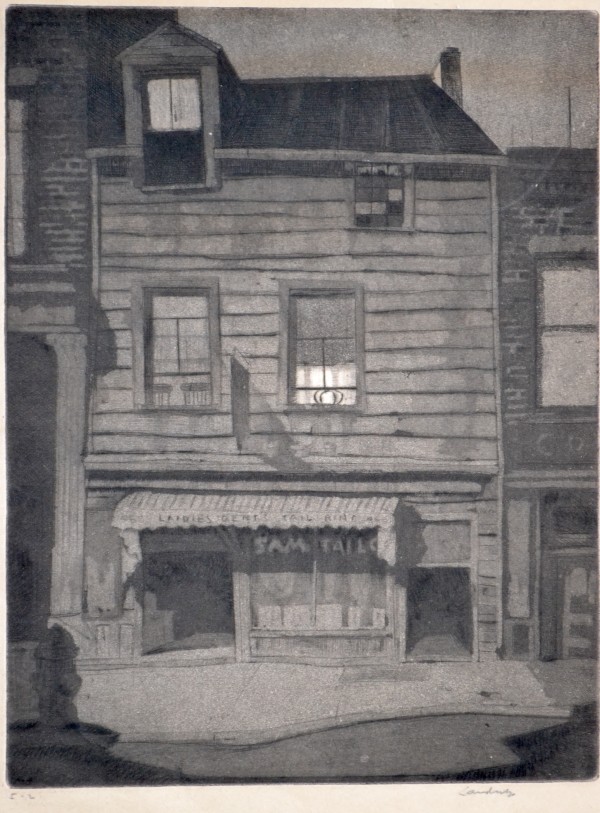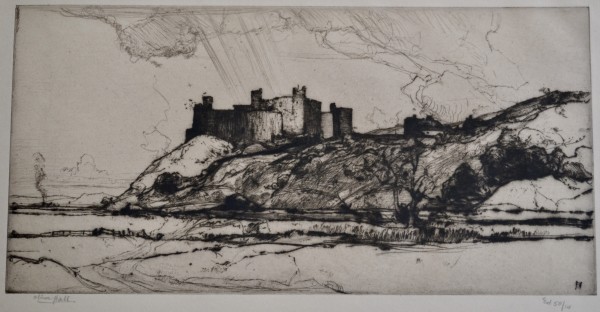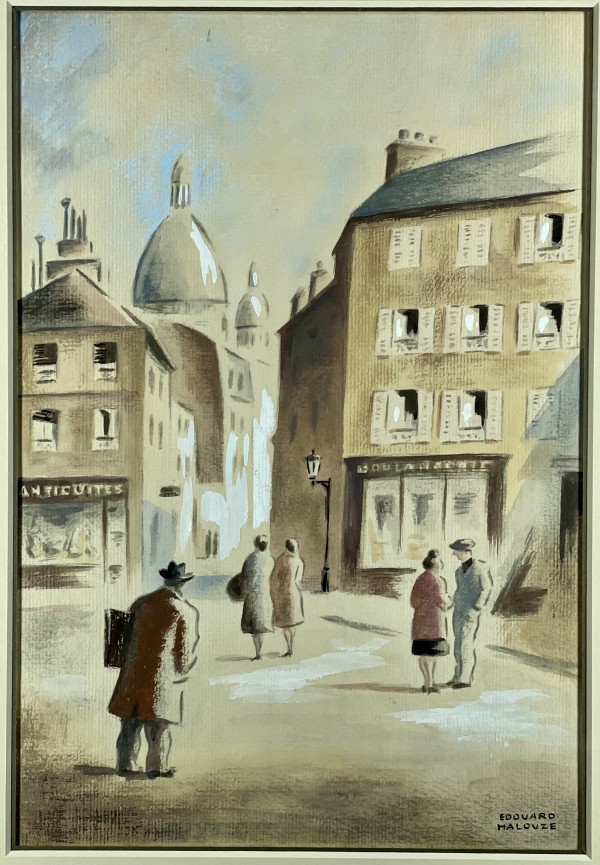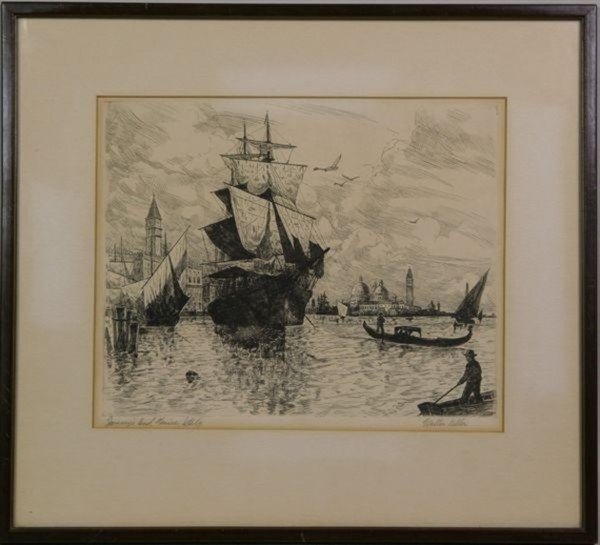- Helen Hyde
- Rainy Day in South Carolina, a.k.a. The Shower, 1917
- Lithograph
- 11 x 7.625 in
- Signature: Signed in pencil, "Helen Hyde" lower right of image. Numbered in pencil, "14" lower left of image. Titled and dated in pencil "Rainy Day South Carolina - 1917" bottom left hand corner of the paper. [Presumably] Original price in pencil of "$10.00" bottom right hand corner of the paper.
-
Not For Sale
Mason & Mason 150, illustrated page 101.
Helen Hyde traveled to attend an exhibition of her woodcuts in Columbia, South Carolina and then went to Charleston in 1917. She stayed in Belvedere, NC, a suberb of Augusta, Georgia at Chicora Wood, the plantation of Elizabeth W. Allston Pringle, where she did a few etchings and drypoints and her only 3 transfer lithographs, one of which is this swamp image. It was her she met printmaker Alice Huger Smith who did a series of works related to the plantation house.
Hyde's images, done at Chicora Wood, were her last prints and included a number of images of African-American children and subjects, such as this dramatic compostion of a walking mother and child, braced against the wind and rain under an umbrella. The moss on the cypress trees in the background sway in the wind. These editions were never completed and are quite rare. Helen Hyde returned to California where she died in 1919.
Helen Hyde (1868-1919), printmaker and illustrator, was born in Lima, New York on April 6 1868, but spent a cultured childhood in Oakland, California, her father's home, when she was two. At twelve she began art instruction under Ferdinand Richardt but it ended abruptly two years later when her father died and her family resettled in San Francisco. Helen and her mother moved to Philadelphia and, after her graduation from Wellesley School, she returned to San Francisco and studied at the School of Design. Hyde studied briefly at the Art Students League in New York between 1888 and 1889. The following year she departed on a four year sojourn in Europe, which included studying with Franz Skarbina in Berlin, Rafael Collins and Albert Sterner in Paris, and months in Holland and England.
In Paris, Hyde met Félix Régamey who introduced her to "loveliness of things Japanese" and this meeting was to have a profound effect on her life and work. Returning to San Francisco, Hyde sought out subjects in Chinatown and produced her first series of color etchings. In 1899, Hyde voyaged to Japan where she became an ardent student of the Japanese language and a student of classical brush painting with an Austrian artist working in Tokyo, and it was from him that she learned the skills of carving wood blocks. She eventually accepted the Japanese system of divided labor and employed Japanese carvers and printers (Shohiro Murate carved her woodcuts for eleven years).
Japan was Hyde's home until 1914 when she returned to the United States due to ill health. Hyde exhibited both nationally and internationally and her work won honors in Japan. She was awarded the gold medal at the Alaska-Yukon-Pacific Exhibition in Seattle in 1909 and the bronze medal for woodcut at the Panama-Pacific International Exposition in 1915. Hyde was a member of the Chicago Society of Etchers, the Printmakers Society of California, the Chicago Society of Artists and a life member of the Société de la Grauvre en Couleur.
Helen Hyde died on May 13, 1919 in Pasadena, California, where she had undergone another surgery for her cancer.
- Subject Matter: Figures

